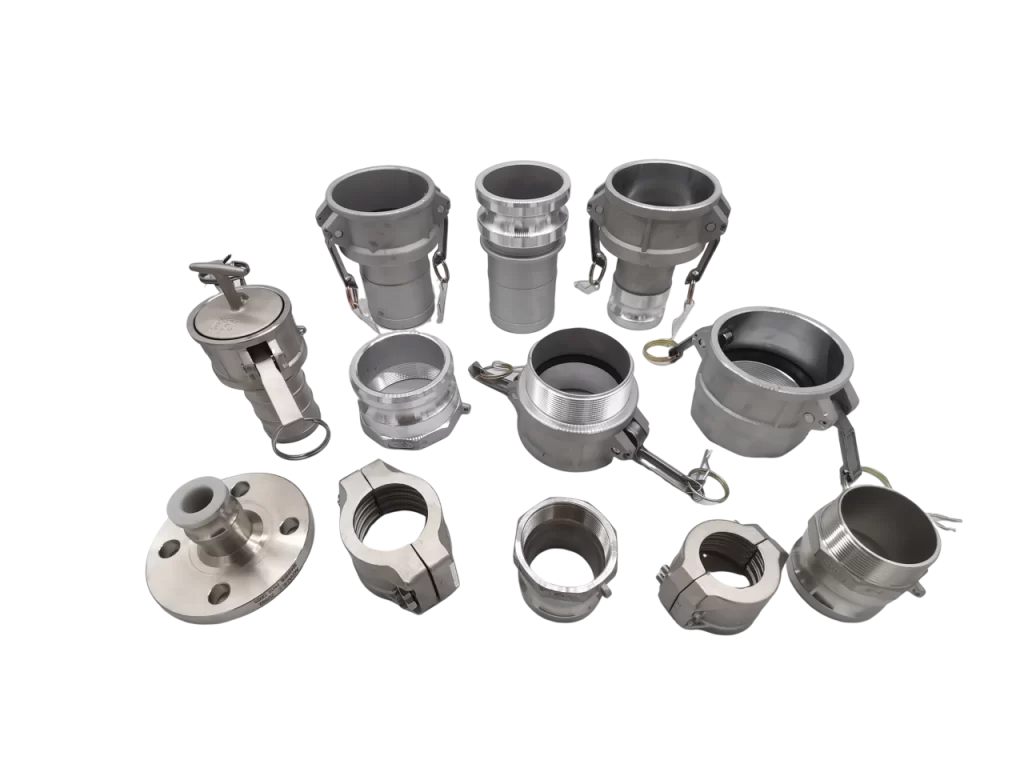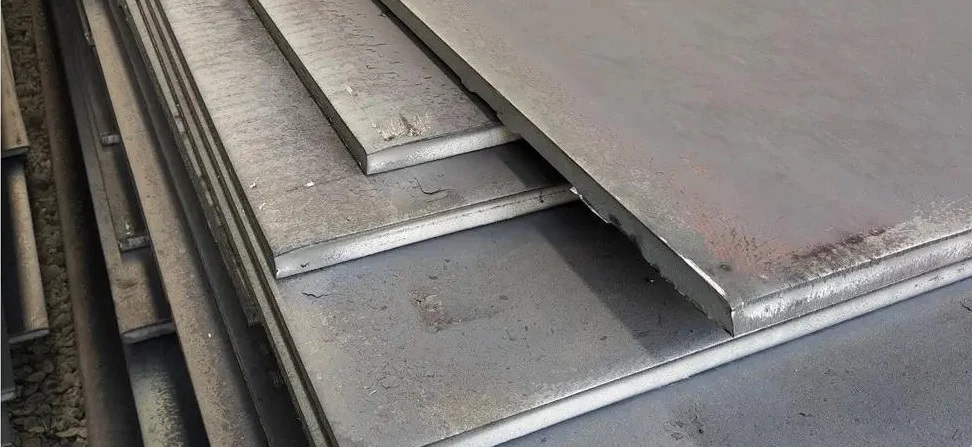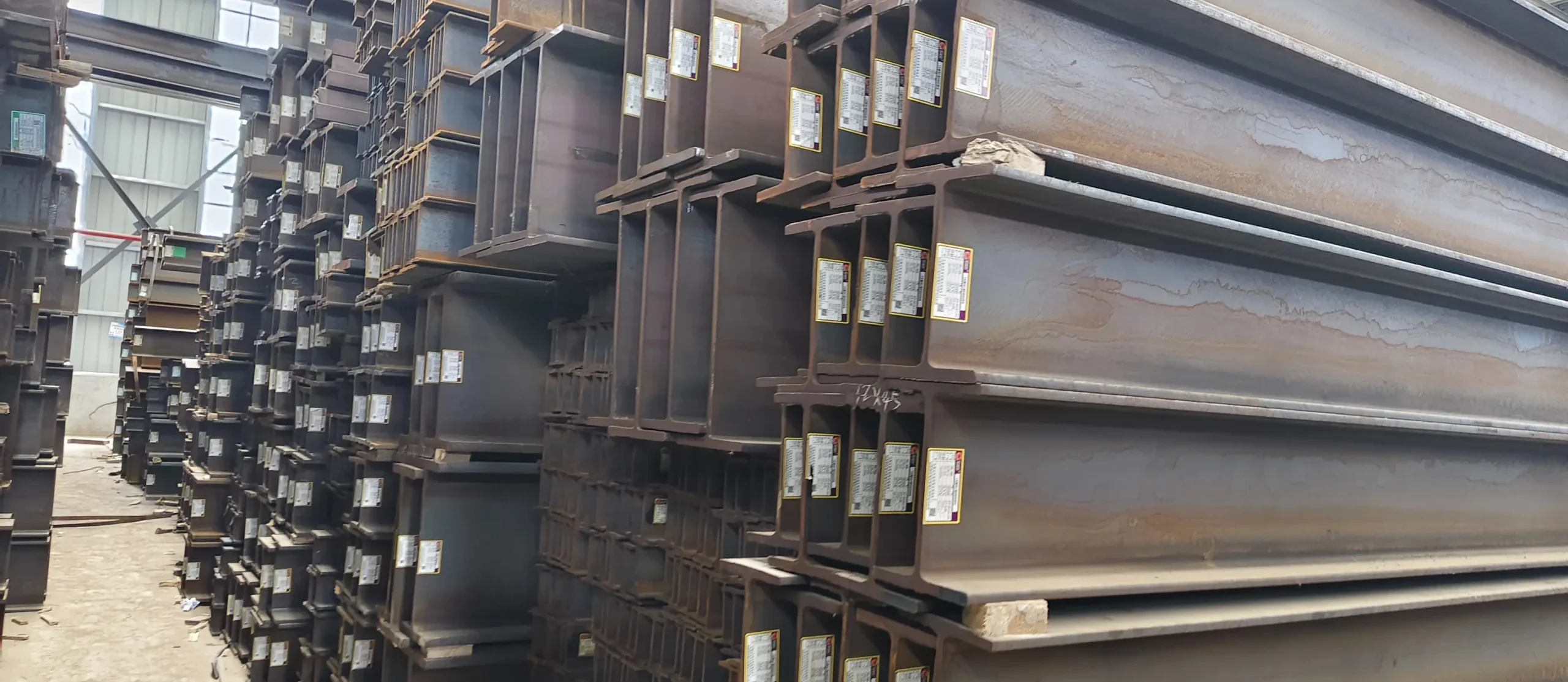
A camlock fitting is a versatile connector used to quickly join hoses, pipes, and other components in fluid transfer systems. Its easy-to-use design allows workers to quickly connect and disconnect different parts of a fluid network. The fittings are available in a variety of materials. Two popular options include aluminum and stainless steel. These material types offer distinct characteristics that make them suitable for certain applications and industries. Understanding the key differences between aluminum and stainless steel camlock fittings is critical to choosing the right product material for the job.
Aluminum Camlock – Overview and Features
Aluminum camlock fittings are made from premium-grade aluminum alloys that provide strength and durability while remaining lightweight. Aluminum has certain properties that make it an ideal material for fittings used in specific industries:
1.Strength
Aluminum camlocks are incredibly strong and sturdy. Premium-grade aluminum alloys have very high tensile strength, allowing the fittings to withstand high pressures. This makes aluminum camlocks perfect for high-pressure fluid transfer applications.
2.Corrosion Resistance
Aluminum forms an oxide film when exposed to air that protects the metal from corrosion. This makes aluminum camlocks highly resistant to corrosion caused by water, oils, and various chemicals. They are suitable for various indoor as well as outdoor applications.
3.Malleability
Aluminum is a malleable metal that allows complex shaping through various manufacturing methods. Its malleability allows for the production of customized parts and configurations. In this way, intricate camlock designs can meet a wide range of functionality requirements. The malleability also lets workers crimp the fittings onto hoses quickly.
4.Cost
Aluminum is a relatively affordable metal. Aluminum camlocks cost significantly less than certain other types, e.g., stainless steel fittings. This makes them ideal for budget-conscious buyers.
Stainless Steel Camlock – Overview and Features
Aluminum camlock fittings are made from premium-grade aluminum alloys that provide strength and durability while remaining lightweight. Aluminum has certain properties that make it an ideal material for fittings used in specific industries:
1.Strength
Aluminum camlocks are incredibly strong and sturdy. Premium-grade aluminum alloys have very high tensile strength, allowing the fittings to withstand high pressures. This makes aluminum camlocks perfect for high-pressure fluid transfer applications.
2.Corrosion Resistance
Aluminum forms an oxide film when exposed to air that protects the metal from corrosion. This makes aluminum camlocks highly resistant to corrosion caused by water, oils, and various chemicals. They are suitable for various indoor as well as outdoor applications.
3.Malleability
Aluminum is a malleable metal that allows complex shaping through various manufacturing methods. Its malleability allows for the production of customized parts and configurations. In this way, intricate camlock designs can meet a wide range of functionality requirements. The malleability also lets workers crimp the fittings onto hoses quickly.
4.Cost
Aluminum is a relatively affordable metal. Aluminum camlocks cost significantly less than certain other types, e.g., stainless steel fittings. This makes them ideal for budget-conscious buyers.
Differences Between Stainless Steel and Aluminum Camlock Fittings
While both stainless steel and aluminum camlocks have their specific advantages, they differ in certain key aspects that make them suitable for different scenarios. These include:
Characteristics
Stainless steel is stronger but heavier than aluminum. Aluminum is more malleable but offers lower corrosion resistance compared to stainless steel. Stainless steel provides better performance in high-pressure and saline environments.
Advantages
A stainless steel camlock fitting is ideal for frequent use in harsh environments. It offers higher corrosion resistance and can withstand very high pressures. Aluminum camlock, on the other hand, is ideal for lightweight and high malleability requirements and is a great value-for-money option.
Application
Stainless steel fittings are extensively used in industries like oil and gas, chemical processing, pharmaceuticals, etc., that involve highly corrosive substances and high-pressure flows. Aluminum camlocks see common use in food and beverage, agriculture, automotive, and general fluid transfer applications.
Conclusion
Overall, both aluminum and stainless steel camlock fittings offer their unique benefits. Understanding the key differences in aspects like characteristics, strengths, and intended applications is crucial for choosing the right type and material. Apart from these considerations, your choice of a camlock fitting manufacturer also matters. At Union Metal, we manufacture excellent-quality camlocks in aluminum and stainless steel to meet the needs of various industries. Our industry expertise, large product variety, and strict quality control ensure you get the safest, most efficient, and competitively-priced camlock couplings. Visit our website to browse all of our offerings.



